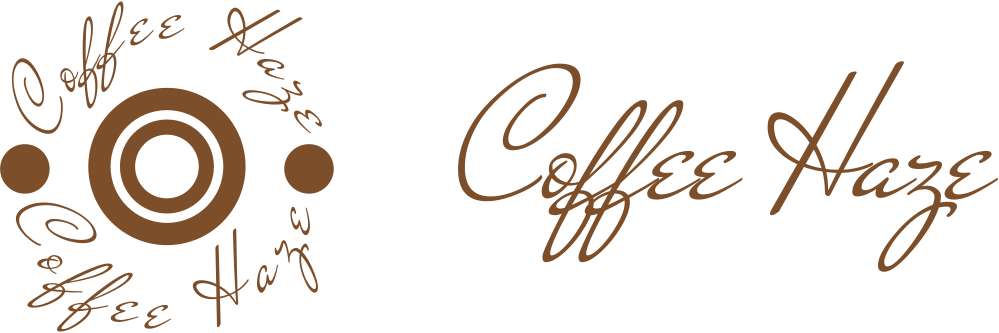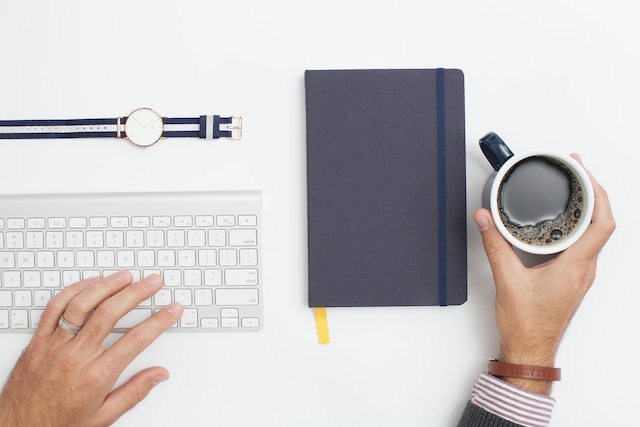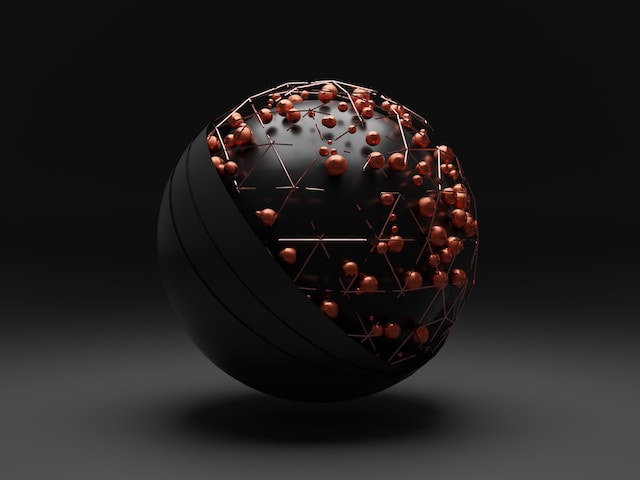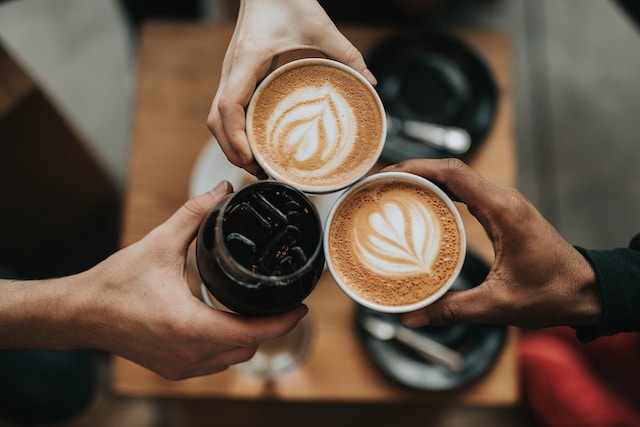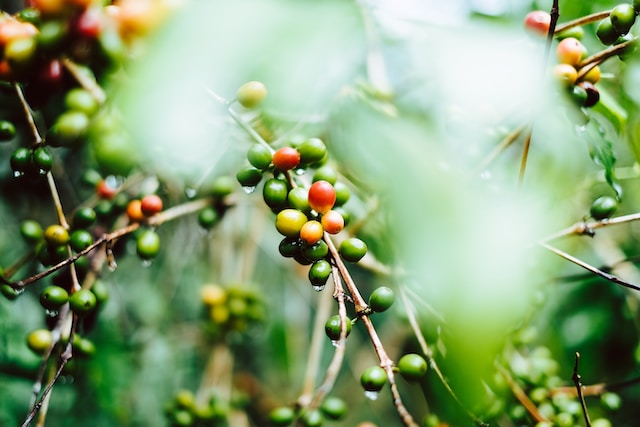Brewing the perfect cup of coffee is a delicate balance between art and science. Behind that enticing aroma and satisfying taste lies a world of scientific principles and factors that contribute to the final result. From water temperature and extraction time to grind size and coffee-to-water ratio, every element plays a crucial role in achieving that ideal cup. So, let’s delve into the science behind the perfect brew and uncover the secrets that will elevate your coffee game.
One of the key factors in coffee extraction is water temperature. The optimal range for brewing coffee is typically between 195°F (90°C) and 205°F (96°C). Within this temperature range, the soluble compounds in coffee, such as oils and flavor compounds, are extracted efficiently, resulting in a well-balanced cup. Too hot, and you risk over-extraction, leading to a bitter brew. Too cold, and the extraction may be incomplete, resulting in a weak and underwhelming flavor.
Another critical factor is the grind size of the coffee. The grind size determines the surface area of the coffee particles exposed to water during the brewing process. Different brewing methods require different grind sizes. For example, a coarse grind is ideal for French press, while a fine grind is necessary for espresso. The grind size affects the rate of extraction: finer grinds extract more quickly, while coarser grinds require longer steeping times. Finding the right grind size for your preferred brewing method is essential to achieving optimal flavor extraction.
The coffee-to-water ratio is another crucial aspect of brewing. The ratio refers to the amount of coffee grounds relative to the volume of water used. Finding the right balance ensures that the flavors are properly extracted without being diluted or overpowering. The ideal ratio is often a matter of personal preference, but a general starting point is a ratio of 1:16, which means 1 gram of coffee per 16 grams of water. However, feel free to experiment and adjust the ratio according to your taste preferences.
Extraction time also plays a significant role in determining the flavors in your cup. It refers to the duration over which water is in contact with the coffee grounds. Extraction time can be influenced by variables such as brewing method, grind size, and water temperature. Over-extraction, where water is in contact with the grounds for too long, can lead to bitter and unpleasant flavors. Conversely, under-extraction may result in a weak and underwhelming brew. Finding the right balance of extraction time ensures that you extract the desirable flavors while avoiding any unwanted bitterness.
Understanding the science of coffee brewing doesn’t stop at extraction. It extends to the chemical compounds present in coffee beans that contribute to its flavors. Coffee contains hundreds of volatile compounds, including acids, sugars, oils, and antioxidants. During brewing, these compounds are released, giving rise to the aromatic and flavorful characteristics of coffee. The brewing method and variables such as water temperature and extraction time affect which compounds are extracted and in what quantities, ultimately influencing the taste and aroma of the final cup.
In conclusion, brewing the perfect cup of coffee involves an understanding of the scientific principles at play. From water temperature and extraction time to grind size and coffee-to-water ratio, each element contributes to the overall flavor and quality of your brew. By experimenting with these variables and exploring different brewing methods, you can unlock a world of flavors and truly elevate your coffee experience. So, armed with the knowledge of the science behind coffee brewing, go forth and embark on a delicious journey of discovery and experimentation. Happy brewing!
